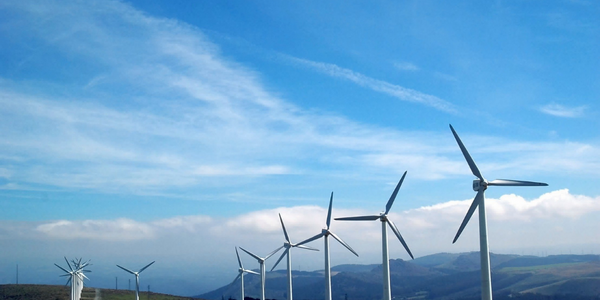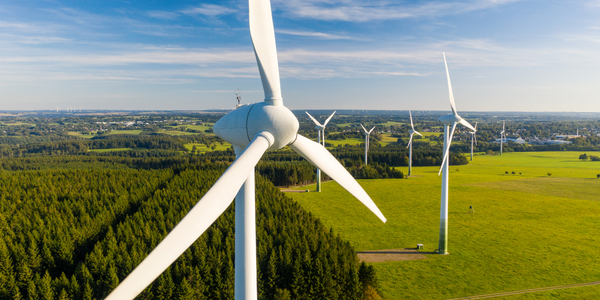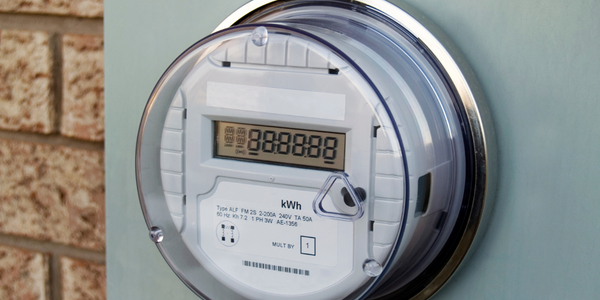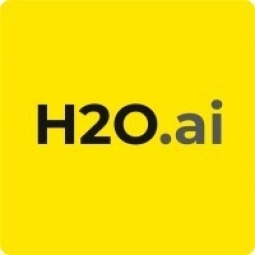技术
- 功能应用 - 计算机化维护管理系统 (CMMS)
- 传感器 - 电表
适用行业
- 电网
- 可再生能源
适用功能
- 物流运输
- 维护
用例
- 资产健康管理 (AHM)
- 预测性维护
服务
- 云规划/设计/实施服务
- 数据科学服务
关于客户
AES 是一家全球运营的可再生能源公司,为私人、公共和政府组织生产和分配能源。该公司连续九年被评为全球最具商业道德企业之一,并因对电力行业进步的贡献而荣获爱迪生电气研究所 (EEI) 的爱迪生奖。 AES 已成功将其业务从化石燃料转向可再生能源,并通过成功的数字和人工智能转型加速这一变革。该公司运营着众多风力涡轮机发电厂,拥有并运营着众多全球水力发电厂,并利用超过一百万个智能电表来监控能源消耗。
挑战
AES 是一家领先的可再生能源公司,面临着加速大规模向可再生能源转型的挑战。这种业务转型需要数字和人工智能转型,以更好地预测和优化可再生能源的能源输出、预测故障并优化负载分配。该公司必须处理风力涡轮机预测性维护、水力发电厂能源招标策略和智能电表的复杂性。风力涡轮机有许多运动部件,需要承受恶劣的环境,其维护成本特别高且耗时。该公司还需要优化其能源招标策略,以最大限度地提高水力发电厂的收入。此外,该公司必须管理超过一百万台智能电表,这些电表有时会出现维护问题或被滥用。
解决方案
AES 首先制定人工智能策略,然后与业务合作伙伴密切合作,以确定最佳的起始用例。他们选择 H2O AI Cloud 来加速他们制作最先进的 AI 模型并将其投入生产的能力。对于风力涡轮机的预测性维护,他们构建了大约十几个模型,准确率超过 90%。该举措节省了成本并提供了更一致的电力输送,从而为多个风力涡轮机组件添加了更多传感器并实现了油采样自动化。对于能源竞价策略,AES 使用 H2O AI Cloud 制作和运行的模型来帮助设定发电厂的每日价格和金额。对于智能电表,该团队根据智能电表的数据创建了人工智能,以预测实际的维护问题与误用问题。该公司还在扩大其预测性维护工作,包括使用无人机图像来评估叶片损坏情况,并在太阳能发电场上进行工作以识别性能不佳的面板和清洁计划。
运营影响
数量效益

Case Study missing?
Start adding your own!
Register with your work email and create a new case study profile for your business.
相关案例.

Case Study
Remote Monitoring & Predictive Maintenance App for a Solar Energy System
The maintenance & tracking of various modules was an overhead for the customer due to the huge labor costs involved. Being an advanced solar solutions provider, they wanted to ensure early detection of issues and provide the best-in-class customer experience. Hence they wanted to automate the whole process.

Case Study
Vestas: Turning Climate into Capital with Big Data
Making wind a reliable source of energy depends greatly on the placement of the wind turbines used to produce electricity. Turbulence is a significant factor as it strains turbine components, making them more likely to fail. Vestas wanted to pinpoint the optimal location for wind turbines to maximize power generation and reduce energy costs.

Case Study
Siemens Wind Power
Wind provides clean, renewable energy. The core concept is simple: wind turbines spin blades to generate power. However, today's systems are anything but simple. Modern wind turbines have blades that sweep a 120 meter circle, cost more than 1 million dollars and generate multiple megawatts of power. Each turbine may include up to 1,000 sensors and actuators – integrating strain gages, bearing monitors and power conditioning technology. The turbine can control blade speed and power generation by altering the blade pitch and power extraction. Controlling the turbine is a sophisticated job requiring many cooperating processors closing high-speed loops and implementing intelligent monitoring and optimization algorithms. But the real challenge is integrating these turbines so that they work together. A wind farm may include hundreds of turbines. They are often installed in difficult-to-access locations at sea. The farm must implement a fundamentally and truly distributed control system. Like all power systems, the goal of the farm is to match generation to load. A farm with hundreds of turbines must optimize that load by balancing the loading and generation across a wide geography. Wind, of course, is dynamic. Almost every picture of a wind farm shows a calm sea and a setting sun. But things get challenging when a storm goes through the wind farm. In a storm, the control system must decide how to take energy out of gusts to generate constant power. It must intelligently balance load across many turbines. And a critical consideration is the loading and potential damage to a half-billion-dollar installed asset. This is no environment for a slow or undependable control system. Reliability and performance are crucial.

Case Study
Remote Monitoring and Control for a Windmill Generator
As concerns over global warming continue to grow, green technologies are becoming increasingly popular. Wind turbine companies provide an excellent alternative to burning fossil fuels by harnessing kinetic energy from the wind and converting it into electricity. A typical wind farm may include over 80 wind turbines so efficient and reliable networks to manage and control these installations are imperative. Each wind turbine includes a generator and a variety of serial components such as a water cooler, high voltage transformer, ultrasonic wind sensors, yaw gear, blade bearing, pitch cylinder, and hub controller. All of these components are controlled by a PLC and communicate with the ground host. Due to the total integration of these devices into an Ethernet network, one of our customers in the wind turbine industry needed a serial-to-Ethernet solution that can operate reliably for years without interruption.

Case Study
Temperature monitoring for vaccine fridges
Dulas wanted a way to improve the reliability of the cold chain, facilitating maintenance and ensuring fewer vaccines are spoiled. Dulas wanted an M2M solution which would enable them to record and report the temperature inside vaccine refrigerators.

Case Study
Hydro One Leads the Way In Smart Meter Development
In 2010, Ontario’s energy board mandated that time-of-use (TOU) pricing for consumers be available for all consumers on a regulated price plan. To meet this requirement, Hydro One needed to quickly deploy a smart meter and intelligent communications network solution to meet the provincial government’s requirement at a low cost. The network needed to cover Hydro One’s expansive service territory, which has a land mass twice the size of Texas, and its customers live in a mix of urban, rural, and remote areas, some places only accessible by air, rail, boat or snowmobile. Most importantly, the network needed to enable future enterprise-wide business efficiencies, modernization of distribution infrastructure and enhanced customer service. To meet these needs, Hydro One conceptualized an end-to-end solution leveraging open standards and Internet Protocols (IP) at all communication levels. The utility drew upon industry leaders like Trilliant to realize this vision.







